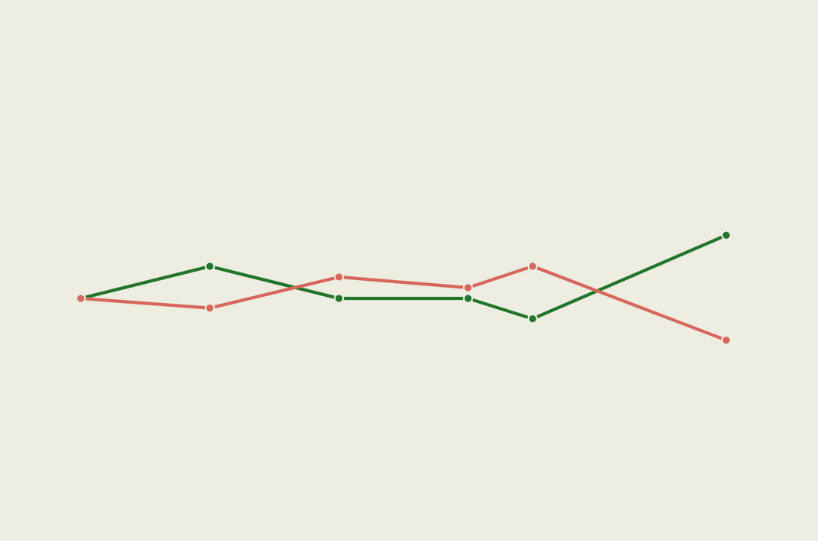The Future of Electoral Observation
The Future of Electoral Observation
The OAS needs to strengthen its election observation missions.
Free and fair elections are the accepted litmus test of a well-functioning democracy. For nations experiencing the difficult rite of passage from nondemocratic regimes, the presence of outside election monitors who can assure the world—and a country’s citizens—that the electoral process was indeed free and fair is crucial.
Since the early 1990s, the United States and European countries have used international electoral observations to promote and consolidate democracy, particularly in countries transitioning from authoritarian or dictatorial regimes to democratic governance. In this hemisphere, as most of Latin America began returning to the democratic fold during the 1980s, members of the Organization of American States (OAS) in 1989 authorized the secretary general to organize and dispatch election observation missions to states that request them. The OAS has sent more than 160 election observation missions to 24 member states. Such missions are a key collective, multilateral instrument for promoting and sustaining representative democracy.
But what is their impact? Have these election observation missions strengthened electoral and even democratic processes? Can they be improved to meet a new set of challenges in the hemisphere?
Measured by their frequency and the diplomatic and public attention devoted to them, election observation missions have brought about a major change in the hemisphere’s approach to democratic governance. Before 1989, OAS observers were dispatched occasionally to monitor elections, but most of the missions were small—and they usually arrived on election day.
Today’s observation missions are sophisticated exercises, employing standardized methodology and technology capable of monitoring the entire electoral process, from the announcement of an election to the actual vote. This change began with the mission to oversee the 1990 elections in Nicaragua, which involved 430 observers who remained in the country for six months. Most missions, however, range from 20 to 100 observers and last an average of 20 days. They come from different member states and have expertise in statistics, communications, logistics, political science, law, electoral organization, and other disciplines, and are increasingly led by former ambassadors, foreign ministers or presidents.
Read the full article at www.AmericasQuarterly.org.
Rubén M. Perina teaches at George Washington and Georgetown Universities and, as a former OAS official, directed election observation missions in Paraguay, Guatemala, Colombia, Venezuela, and the Dominican Republic.








